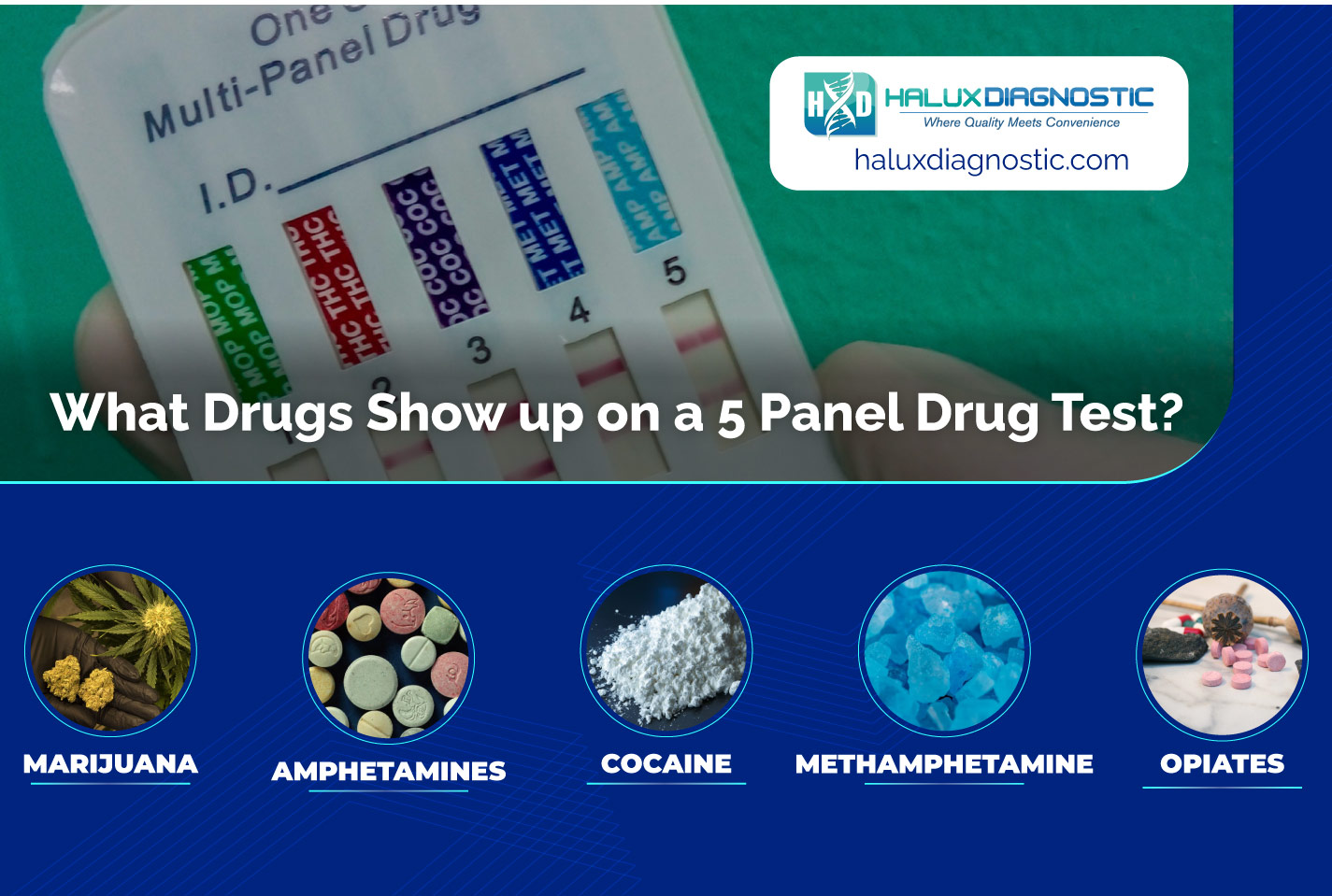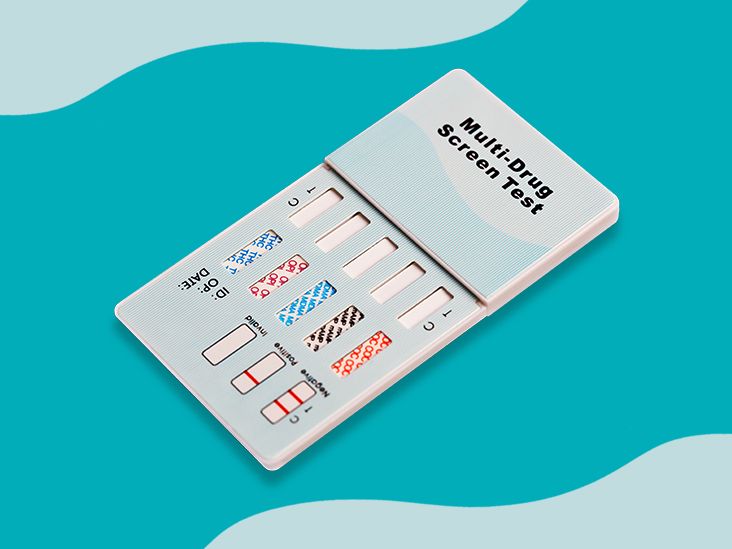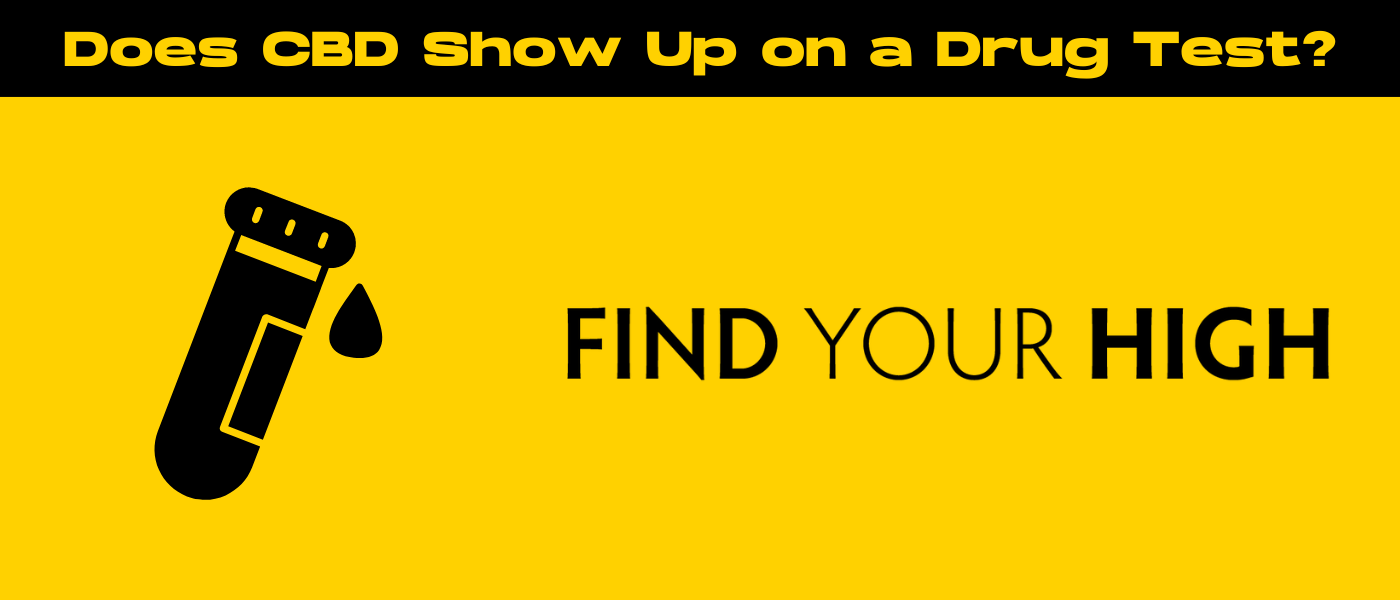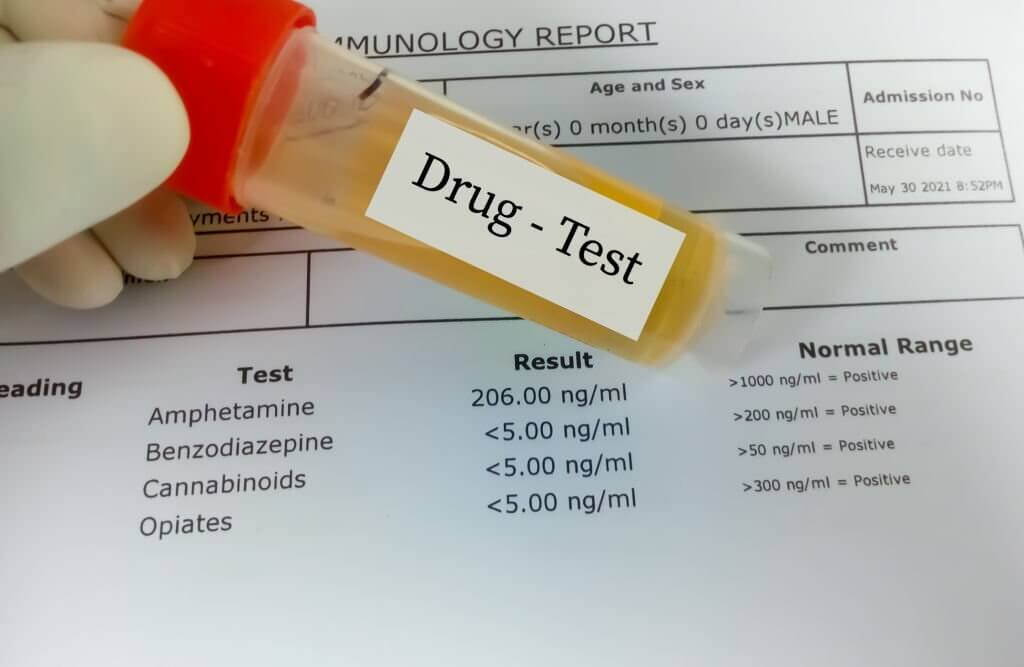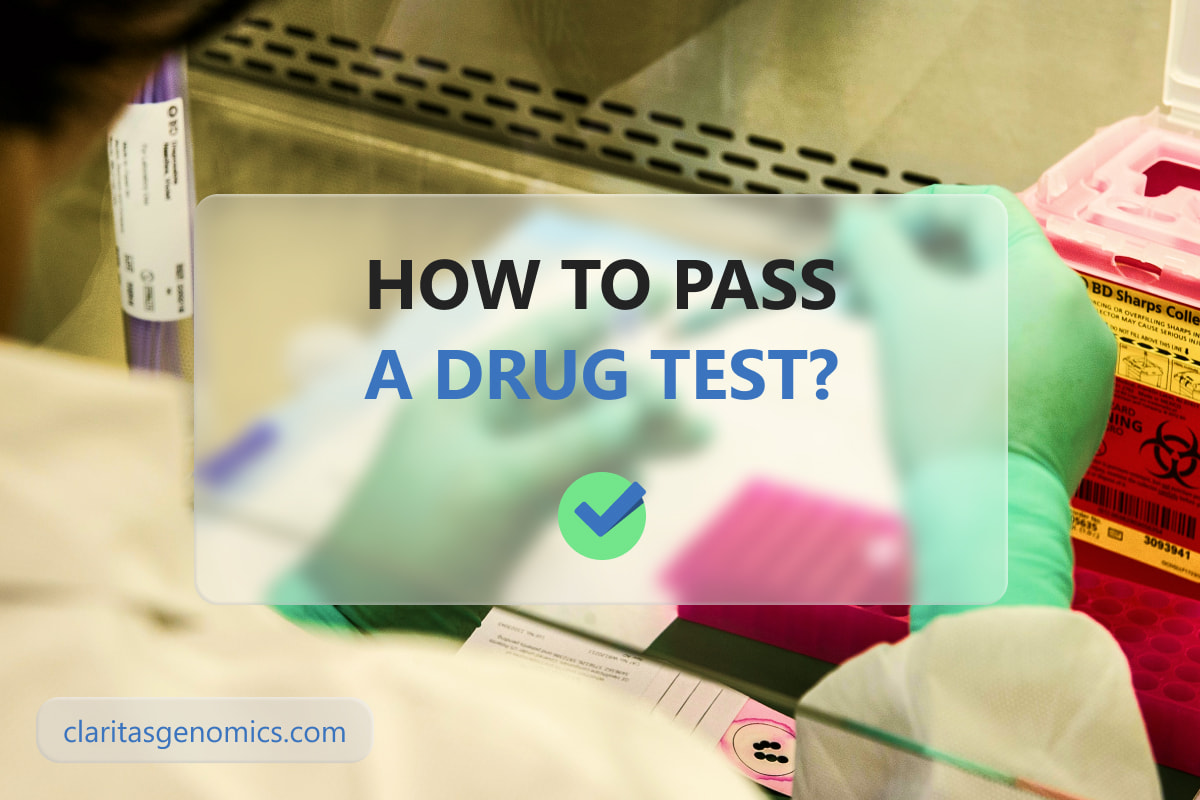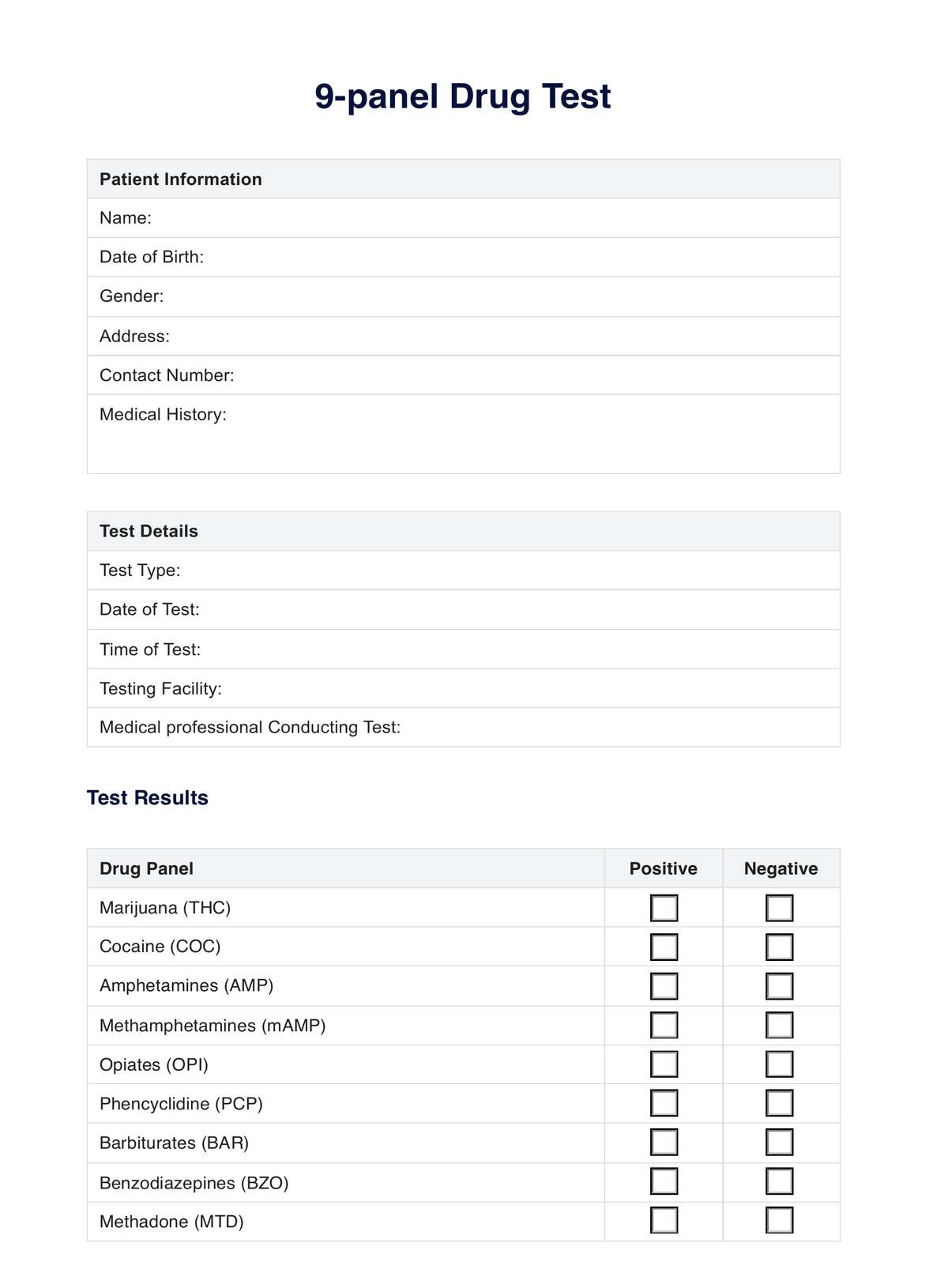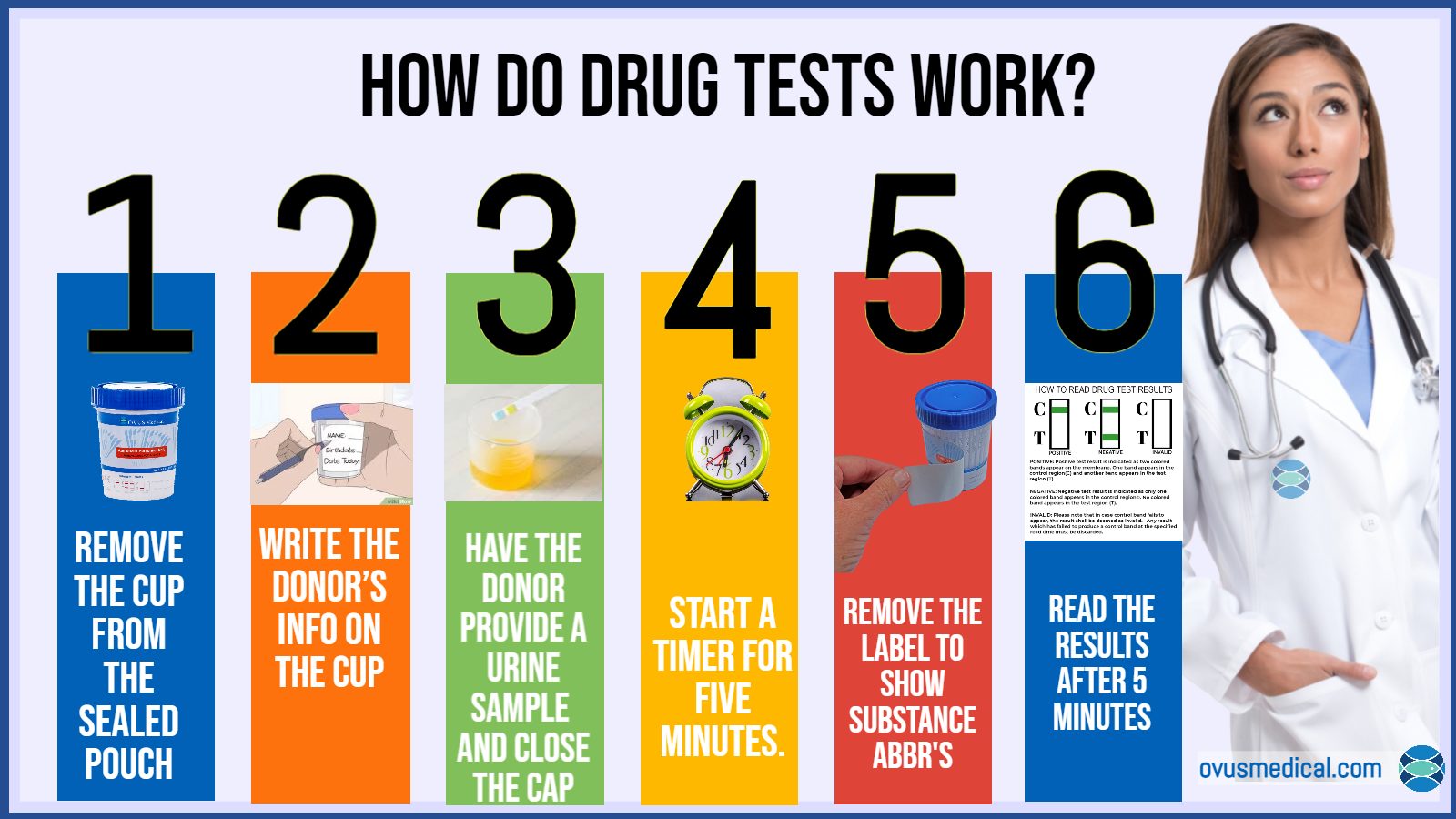Does 7oh Show Up On Drug Test
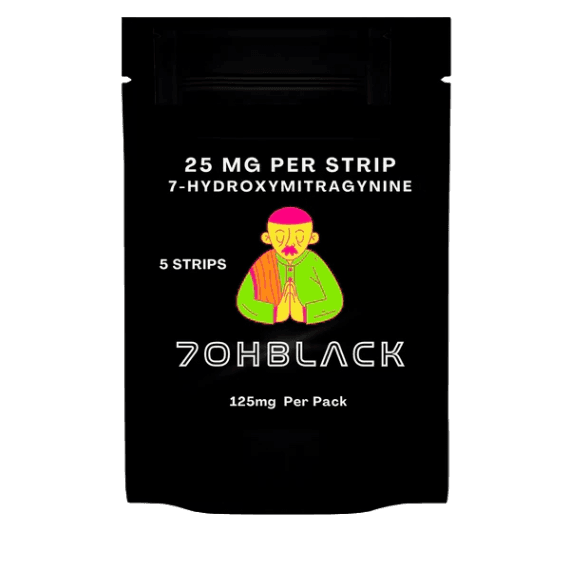
The rise of novel psychoactive substances (NPS) continues to challenge drug testing protocols and raise significant concerns about workplace safety, legal proceedings, and public health. Among these emerging compounds, 7-hydroxy mitragynine (7-OH), a potent opioid agonist found in the Mitragyna speciosa plant (kratom), is generating considerable discussion and anxiety: Does it show up on standard drug tests? The answer is complex and requires a nuanced understanding of testing methodologies and the body's metabolism of 7-OH.
This article delves into the intricacies of 7-OH detection in drug screenings, examining the current limitations of standard assays, the ongoing research into more specific detection methods, and the implications for individuals subject to drug testing. The central question, "Does 7-OH show up on drug tests?" is explored through scientific literature, expert opinions, and analysis of existing testing practices. It provides a comprehensive overview of the challenges and future directions in detecting this increasingly prevalent substance.
Current Drug Testing Limitations
Standard drug tests, such as the common 5-panel or 10-panel urine drug screens, are primarily designed to detect commonly abused substances like amphetamines, opioids (e.g., morphine, codeine, heroin), cocaine, marijuana, and phencyclidine (PCP). These tests typically utilize immunoassays, which rely on antibodies to bind to specific drugs or their metabolites. If the target substance is present in the sample, the antibody-antigen complex triggers a detectable signal.
However, 7-OH is not a target analyte in these standard panels. Immunoassays are highly specific, and the antibodies used in these tests are designed to bind to particular molecular structures. Because 7-OH has a distinct chemical structure compared to traditional opioids, it will not cross-react with the antibodies used in standard opioid assays.
This means that a person could consume kratom containing 7-OH, and a standard drug test would likely return a negative result for opioids, even though 7-OH possesses opioid-like effects. The lack of detection does not necessarily mean the individual is drug-free; it simply indicates the absence of the specific substances targeted by the test.
Metabolism and Detection Challenges
Adding to the complexity is the metabolism of 7-OH within the body. After ingestion, 7-OH is metabolized into various compounds, some of which may be present in very low concentrations. These metabolites can further complicate the development of reliable detection methods.
Furthermore, the concentration of 7-OH in kratom products can vary widely depending on the strain, growing conditions, and processing methods. This variability means that even if a test were available, the amount of 7-OH consumed might not be high enough to exceed the detection threshold.
The detection window for 7-OH, the period after consumption during which it can be detected in bodily fluids, is also not well-established. Research is ongoing to determine how long 7-OH and its metabolites remain detectable in urine, blood, and other samples.
Advancements in Detection Methods
Despite the current limitations, advancements in analytical chemistry are paving the way for more sophisticated detection methods. Techniques like liquid chromatography-mass spectrometry (LC-MS/MS) offer greater sensitivity and specificity than immunoassays. LC-MS/MS can identify and quantify a wide range of compounds, including 7-OH and its metabolites, with high accuracy.
Several laboratories are now developing and offering specialized tests that specifically target 7-OH. These tests typically involve sending samples to specialized labs equipped with LC-MS/MS instruments. However, these tests are not yet widely available and are generally more expensive than standard drug screens.
The development of rapid, point-of-care tests for 7-OH remains a challenge. Creating a simple, cost-effective test that can be used in workplaces or at home will require further research and technological innovation.
Implications and Future Directions
The inability of standard drug tests to detect 7-OH has significant implications for various sectors. In the workplace, employers who rely on drug testing to ensure safety and productivity may be unaware of employees using kratom, potentially impairing their performance. This is especially concerning in safety-sensitive occupations.
In legal settings, such as probation or parole, individuals may be consuming kratom without violating the terms of their supervision, as long as kratom use is not explicitly prohibited. This can lead to confusion and inconsistent enforcement of drug policies.
Moving forward, it is crucial to educate stakeholders, including employers, healthcare professionals, and law enforcement, about the limitations of standard drug tests and the availability of specialized testing options. Increased awareness can help inform policies and practices related to kratom use.
Further research is needed to better understand the metabolism, pharmacokinetics, and potential adverse effects of 7-OH. This knowledge will be essential for developing accurate and reliable detection methods, as well as for informing public health guidelines and regulations.
In conclusion, while standard drug tests do not currently detect 7-OH, advancements in analytical techniques are making detection possible. As kratom use continues to grow, it is imperative to address the limitations of existing drug testing protocols and develop strategies to accurately detect and monitor 7-OH consumption. The ongoing research and development in this area will play a crucial role in ensuring workplace safety, legal compliance, and public health protection.
